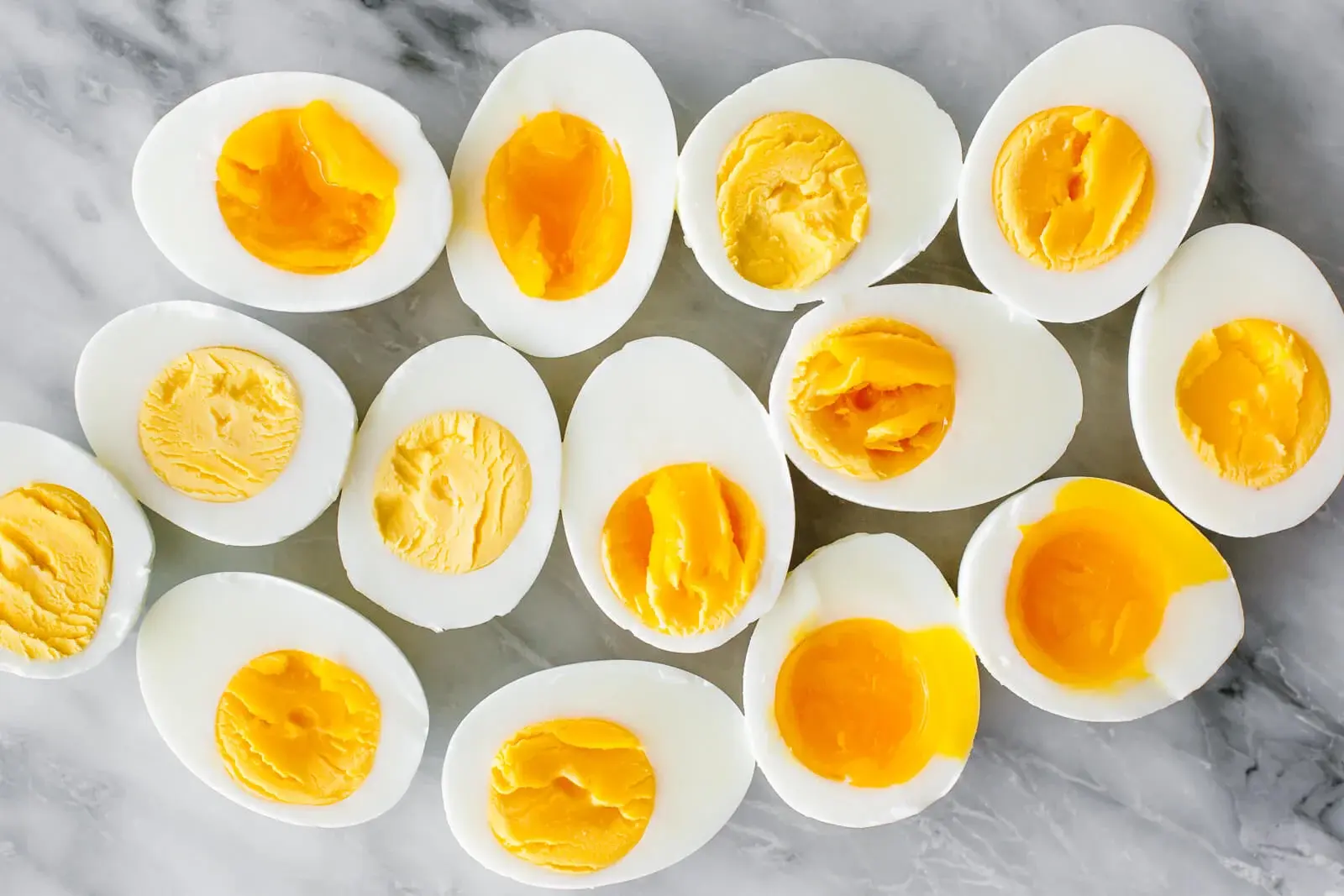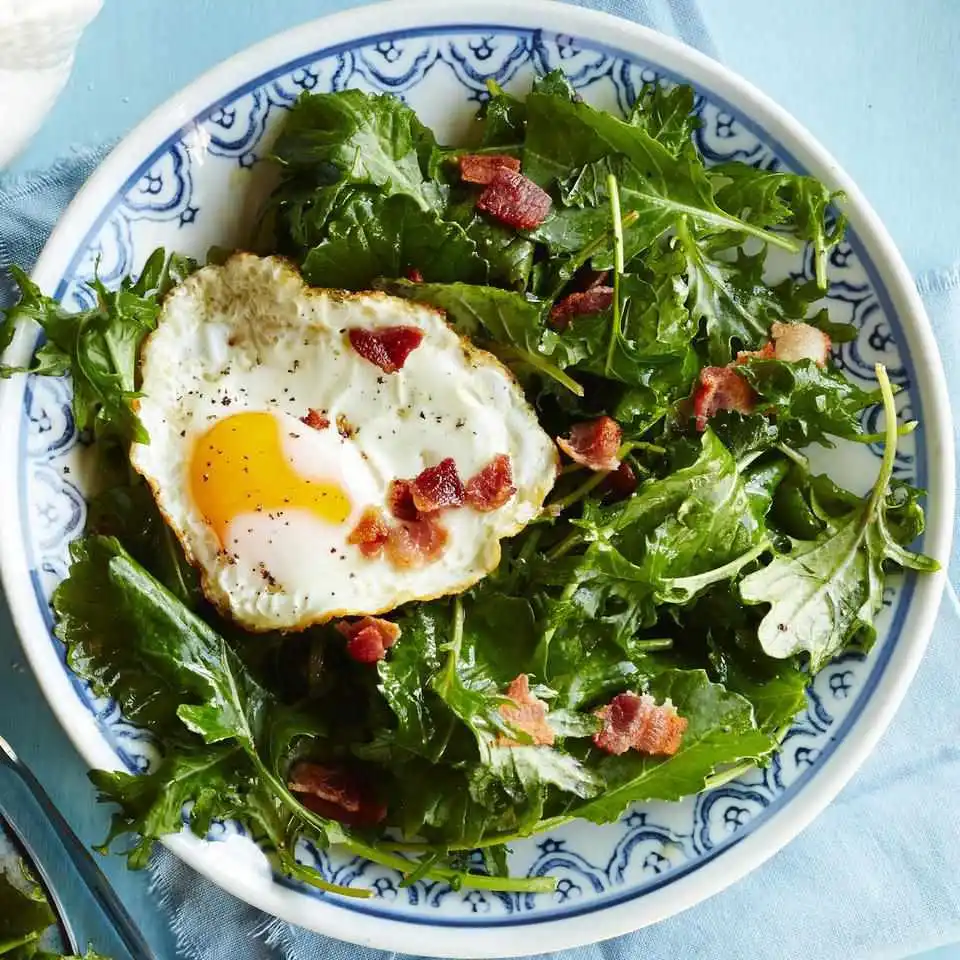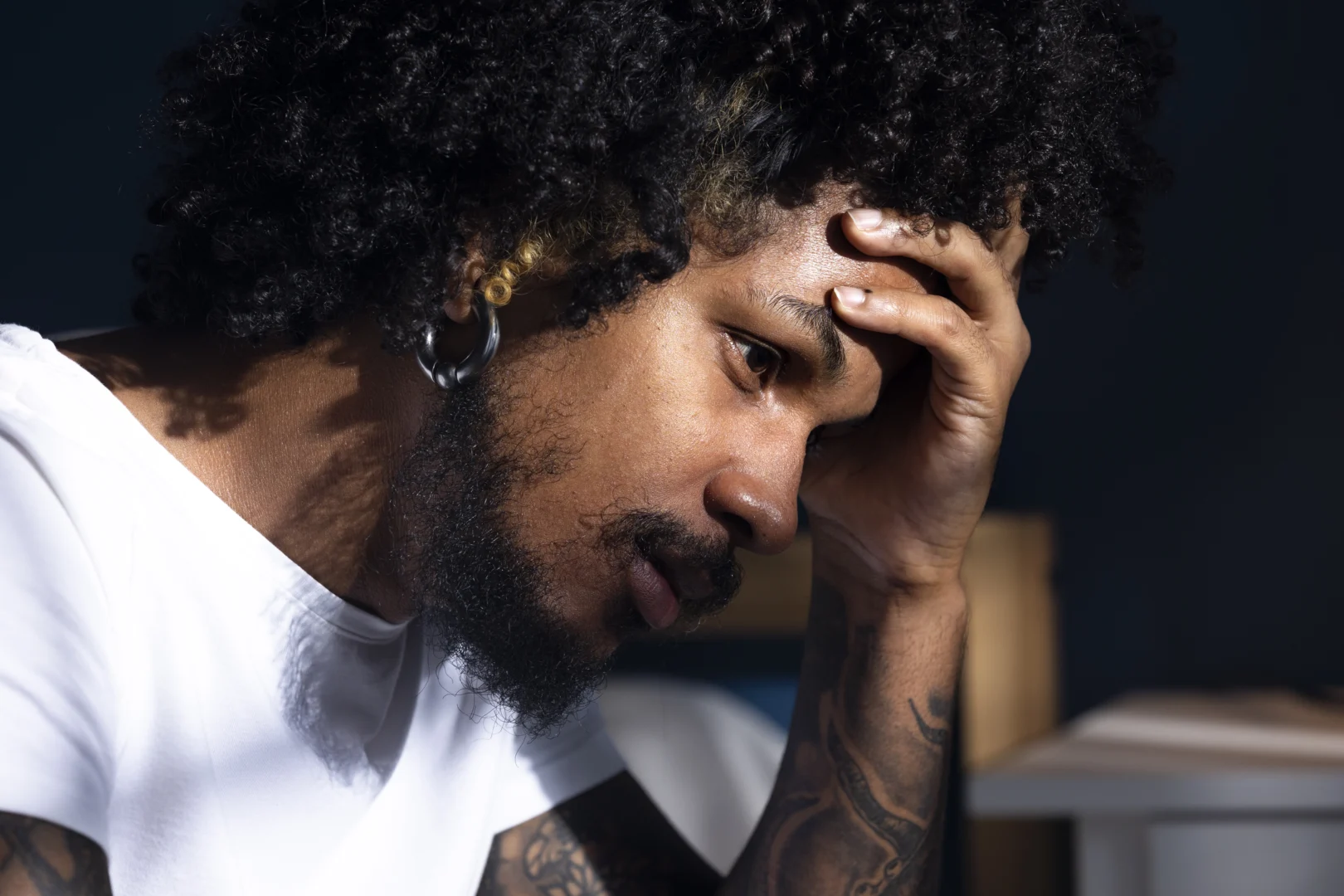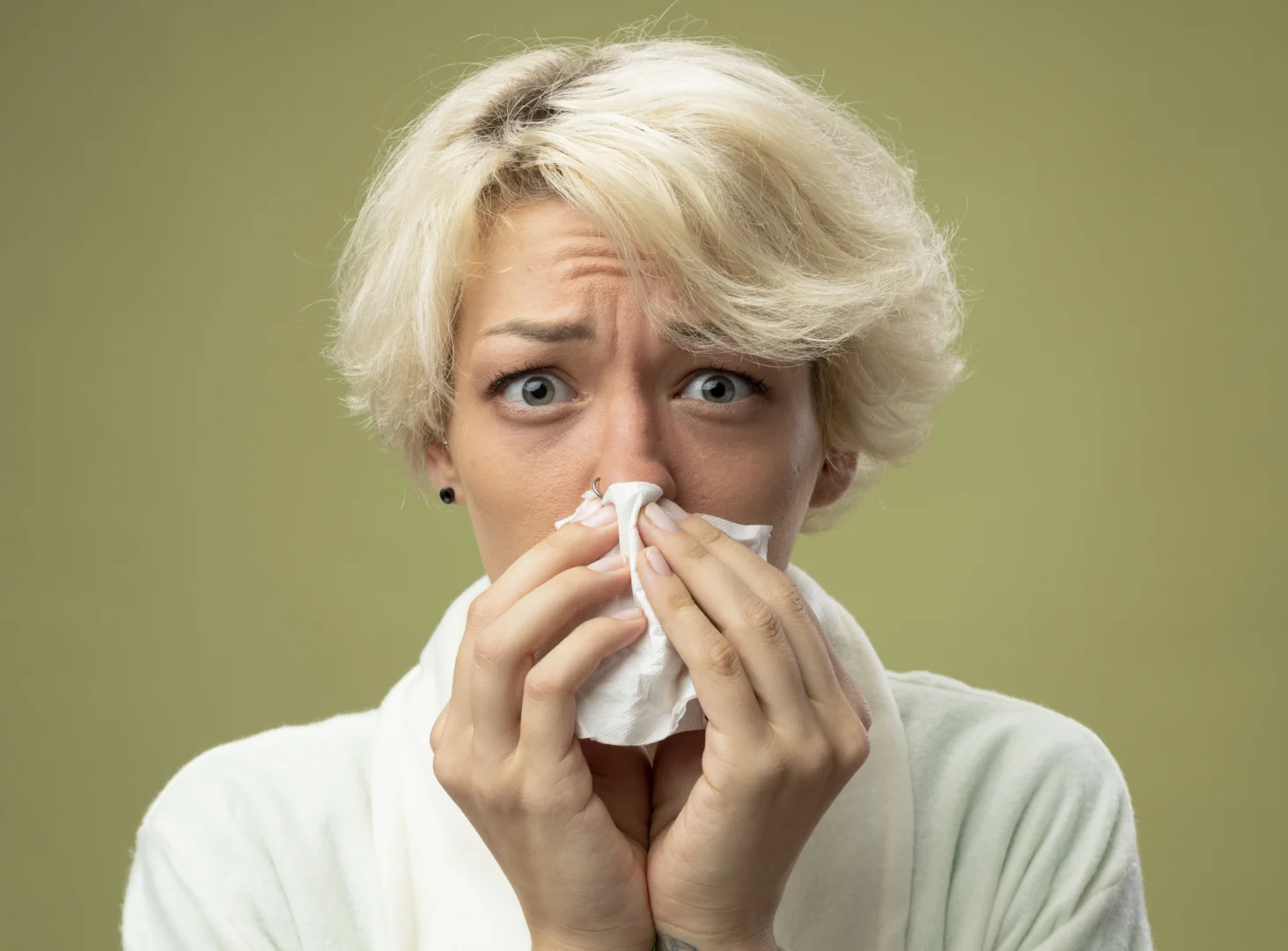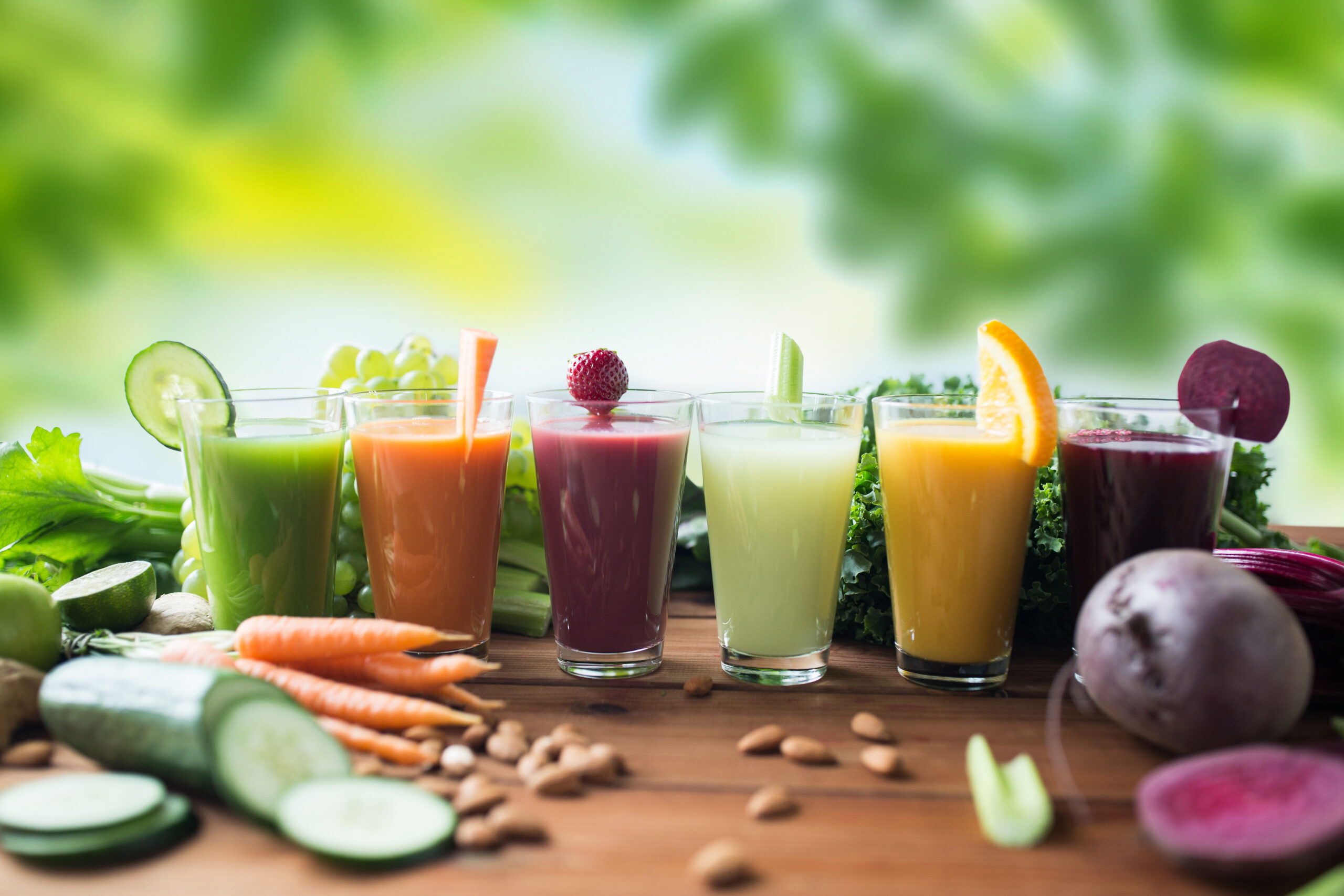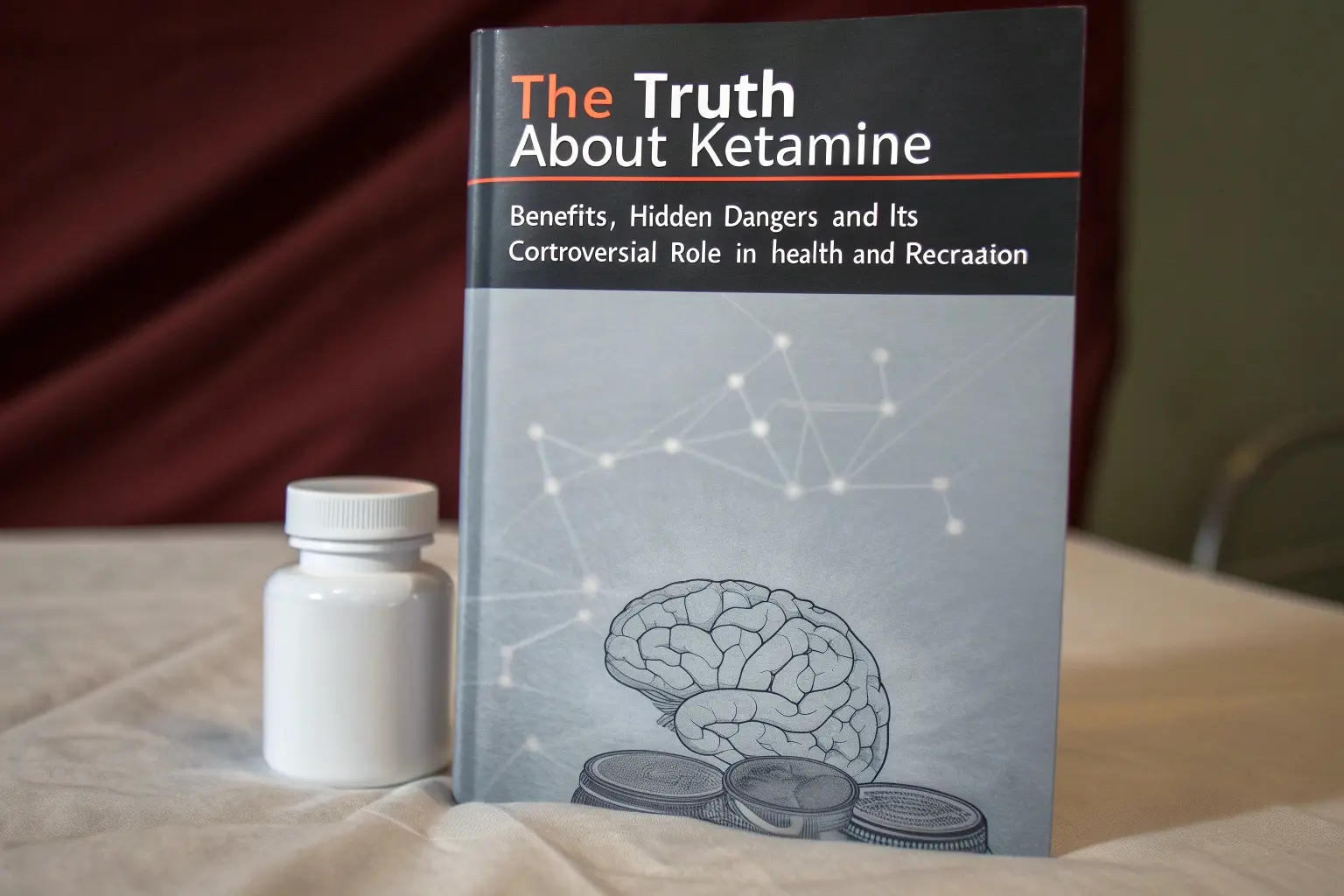Say Goodbye to Period Cramps: Natural Remedies That Actually Work
Let’s be real — period cramps can be brutal. For many, they’re not just a monthly inconvenience; they’re a painful disruption to daily life. Whether you’re curled up on the

Let’s be real — period cramps can be brutal. For many, they’re not just a monthly inconvenience; they’re a painful disruption to daily life. Whether you’re curled up on the couch with a heating pad or trying to power through a work meeting while your lower abdomen feels like it’s in a vice grip, you know how real the struggle is.
But here’s the good news: You don’t have to suffer in silence or rely solely on painkillers. Finding true period pain relief is possible with effective, natural ways to reduce menstrual cramps — and they’re backed by science and centuries of holistic wisdom. Let’s dive into why cramps happen, what they feel like, and what you can do to naturally ease the pain.
What Do Period Cramps Really Feel Like?
If you’ve never experienced period cramps, imagine this: a deep, throbbing ache that starts in your lower abdomen and radiates through your hips, lower back, or even down your thighs. It can feel like a slow, dull pressure — like your organs are being wrung out — or sudden stabbing pains that stop you mid-sentence. Some describe it as a tight, twisting sensation, similar to muscle spasms or food poisoning.
Cramps can vary from mildly annoying to completely debilitating. For some, it’s a background discomfort that lingers for a day or two. For others, it’s a sharp, immobilizing pain that triggers nausea, headaches, diarrhea, or even dizziness. Understanding this spectrum of pain is the first step toward finding effective period pain relief.
Here are some common sensations people report:
- A pulsing or throbbing pain in the pelvic area
- A tightening or “clenching” sensation in the uterus
- Lower back pain that feels like it’s pulling downward
- Pain that comes in waves, like contractions
- A heavy, dragging feeling in the legs or hips
- Nausea or even vomiting when the pain is intense
It’s important to note: pain isn’t something you should have to “just deal with.” If your cramps are interfering with your life, it’s time to take them seriously — and treat them holistically.
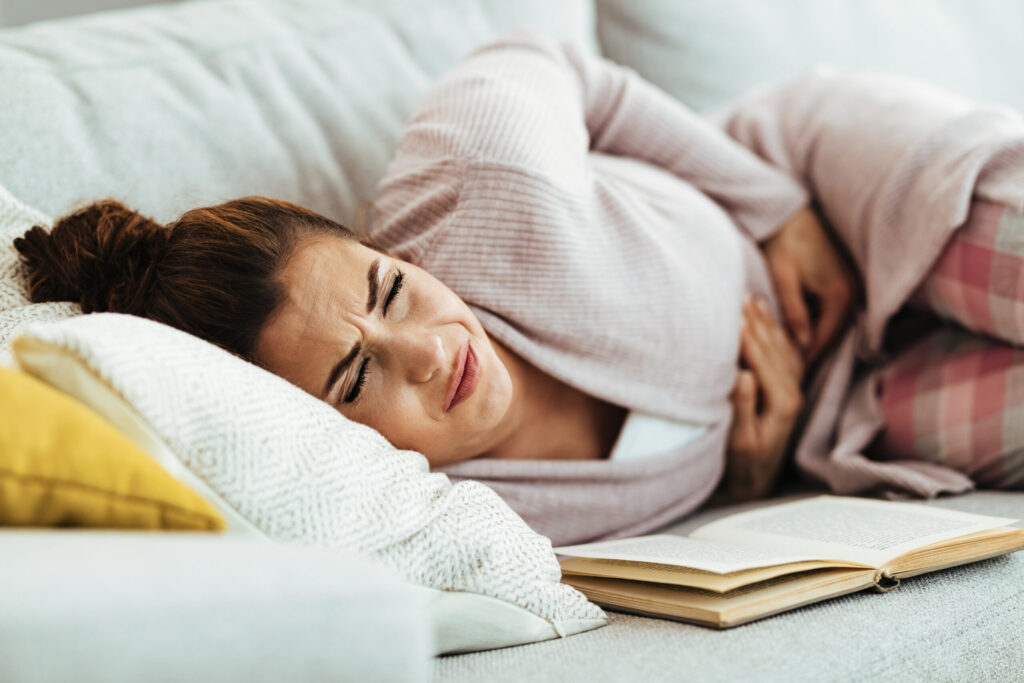
Why Do We Get Cramps?
Menstrual cramps, or dysmenorrhea, occur when the uterus contracts to help shed its lining. This process is controlled by chemicals called prostaglandins. When these levels spike, the contractions can become more intense, leading to pain and inflammation.
High levels of prostaglandins = worse cramps. But other factors like hormonal imbalances, poor diet, high stress, and lack of movement can also amplify your pain.
What Are the Best Natural Remedies for Period Cramps?
You don’t have to reach for the ibuprofen first. These natural methods can help reduce the frequency and intensity of cramps, often with added benefits for your overall health.
1. Heat Therapy
It’s not just an old wives’ tale — heat really works. Whether it’s a heating pad, hot water bottle, or a warm bath, heat improves blood flow and relaxes the uterine muscles, which helps reduce pain.
Pro tip: Use a heating pad on your lower belly for 15–20 minutes at a time, especially during the first two days of your period when cramps are typically strongest.
2. Eat to Fight Inflammation
Food is medicine, especially when it comes to hormone-related symptoms. An anti-inflammatory diet can make a major difference.
Best foods for period pain relief:
- Leafy greens like spinach and kale (high in magnesium)
- Berries, oranges, and cherries (rich in antioxidants)
- Omega-3 fatty acids from walnuts, flaxseeds, and salmon
- Ginger and turmeric (natural pain-relievers)
Foods to avoid:
- Sugar
- Processed or fried foods
- Excess caffeine
- Alcohol
- Dairy, if you’re sensitive to it
3. Herbal Teas That Calm Cramps
Some herbal teas don’t just soothe your soul — they calm your uterus, too.
Best options include:
- Chamomile Tea: A mild sedative and muscle relaxant
- Ginger Tea: Proven anti-inflammatory and natural painkiller
- Peppermint Tea: Relieves spasms and nausea
Drink 2–3 cups daily during your period for noticeable relief.
4. Supplements That Support Your Cycle
Certain nutrients help balance hormones and ease muscular pain. Start incorporating them into your diet — or take supplements if you’re deficient.
Cramps-fighting nutrients:
- Magnesium: Helps muscles relax and reduces inflammation
- Vitamin B6: Eases bloating, irritability, and cramping
- Vitamin E: Known to reduce period pain intensity
- Omega-3s: Counteract prostaglandin production
Tip: Talk to your healthcare provider before starting new supplements to determine the best dosage for your body.
5. Move — Even When You Don’t Feel Like It
Yes, we know — exercise during your period sounds like torture. But gentle movement releases endorphins, which are natural painkillers and mood boosters.
Best exercises for cramps:
- Light walking
- Yoga (especially poses like Child’s Pose and Supine Twist)
- Stretching
- Low-impact Pilates or swimming
Even 15 minutes a day can make a big difference.
6. Acupressure & Acupuncture
Traditional Chinese Medicine has long used acupuncture and acupressure to relieve menstrual pain. These methods work by improving energy flow (Qi) and reducing inflammation.
DIY acupressure tip: Gently press four finger-widths below your belly button for 1–2 minutes. Breathe deeply as you do this — it can help relax your uterus and reduce spasms.
7. Manage Your Stress
Stress impacts everything — including your period. High stress increases cortisol, which can interfere with estrogen and progesterone levels and worsen cramps.
Natural stress relievers to try:
- Guided meditation or breathing apps
- Journaling
- Nature walks
- Aromatherapy (especially lavender and clary sage)
- Consistent sleep and tech-free wind-down routines
When Should You See a Doctor for Period Cramps?
Natural remedies are powerful, but if your cramps are:
- Debilitating
- Accompanied by heavy bleeding or large clots
- Getting worse over time
- Or impacting your ability to function daily,
…it may be a sign of a deeper condition such as endometriosis, fibroids, or PCOS. Always seek medical advice if your symptoms feel out of the norm.
Some Thoughts
Your period doesn’t have to come with a side of misery. While cramps are common, they aren’t something you’re destined to suffer through every month. By tuning into your body and using natural, holistic methods, you can reduce pain, restore balance, and reconnect with your cycle in a more empowered way.
This empowered approach is the cornerstone of sustainable period pain relief. The more we normalize the conversation around period pain, the more we can support each other in finding relief — and that starts with knowledge, community, and care.


